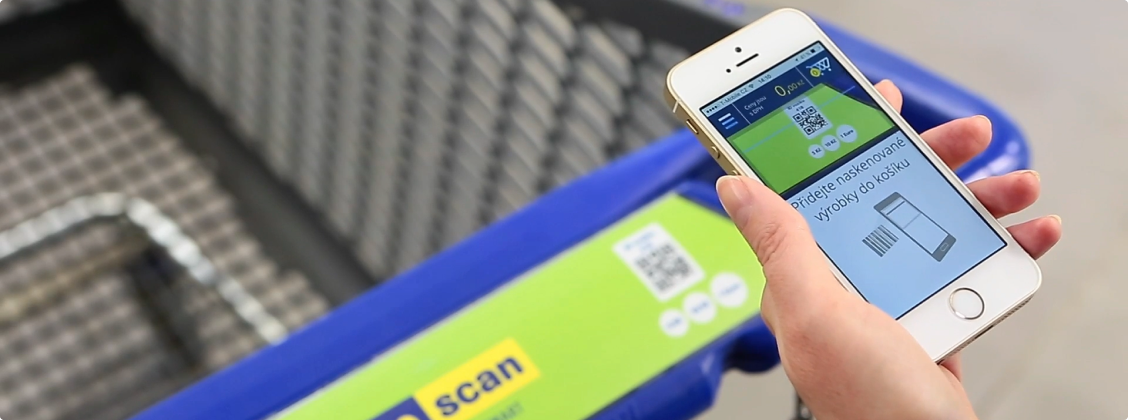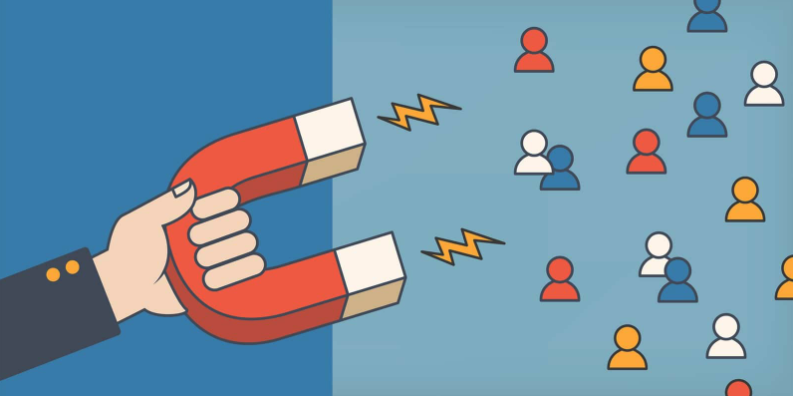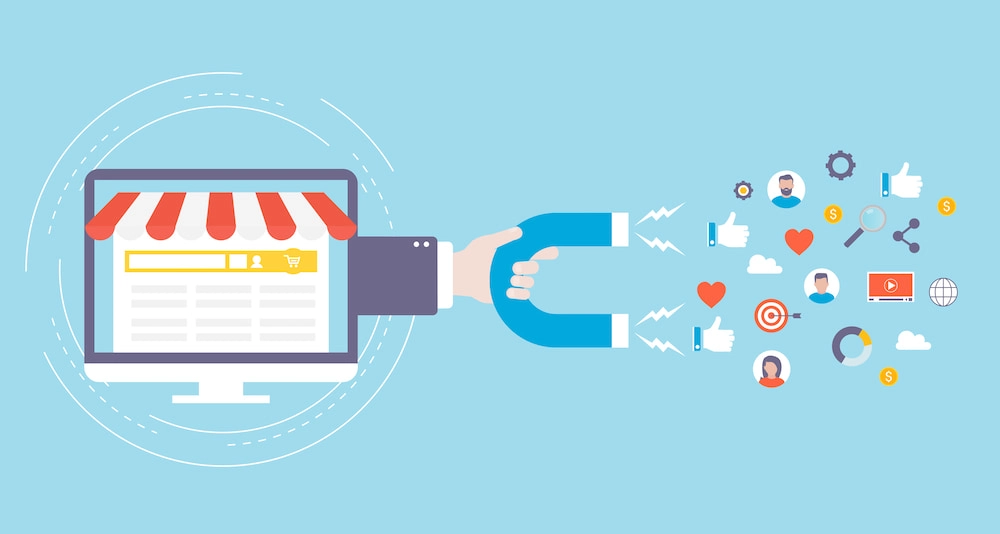In today’s publication we have developed a checklist with the aim of identifying the shortcomings of the sources of acquisition of new users. Before going into the subject, we would like to point out that these sources of acquisition may or may not be applicable to your business model, so we have tried to include some of the ones we consider most interesting.
Another interesting point is that, depending on the source of new user acquisition, this may lead to an increase in revenue, while others may allow us to grow faster with a lower quality from a business point of view.
We hope this checklist will help you to identify new sources of acquisition and the ones you are already using, try to optimize them in order to maximize the revenue coming from them. Without further ado, let’s start with the user acquisition sources checklist:
Online/In-store checkout process
Depending on the type of business, it is likely that one or both will apply. This source is one of the most interesting for a very simple reason, we have the certainty that the user is interested in our products or services, that is why we cannot miss the opportunity to acquire their data with retention/loyalty objectives.
Although, it is very similar depending on the stage of the Customer Journey it will be important to have different considerations when optimizing the acquisition process:
1 – Online Checkout:
A very important point will be how we present the information, i.e., we have to take into account that an estimated 70% of users who add products to the cart do not finalize their orders. For this reason, it will be especially important to present the information in a clear and concise way.
2 – Checkout in store:
In the checkout in store process, a good practice could be to take advantage of the potential of QR codes, so that the users themselves perform the action through their own mobile devices.

Creating an account:
During the process of creating an account, even if it is free or paid, it will be a key moment to ask for the information we are interested in from the users in order to communicate with him/her.
Transactional messages:
Transactional messages are those that do not require an exclusive permission to send communications, such as order confirmations, shipping information, among others. At this point, if we do not yet have permission through double opt-in, it will be a good time to ask for more information. It is important to consider that although it is not the main objective at the communication level, being subtle with a secondary block to ask for registration will be a good practice.
Open forms on digital platforms
Although it will certainly not be the main source of acquisition of new users, when a user is browsing our website, it is probably because it has some explicit or implicit interest in any of our products or services. This is why placing open forms in the main pages will be a good practice to retain this user.
To minimize the risk of bots registering automatically and this will damage the health of our email marketing program, we can enable the CAPTCHA. Another good practice, although a bit intrusive, will be to do it through the popup very well known nowadays.
Lead Generation Forms
Very popular in B2B areas, the use of lead magents, i.e., those contents that require prior registration to access them, such as the popular ebooks, webinars and others. This is a tactic that has become very popular with Inbound marketing.

Social Media
Considering that they are complementary channels, there are several reasons why it is important for a brand to have the audience in its own database, and not have them only as a follower in SM, we want to highlight some of them. There is a reality, and it is that the organic reach of social networks is decreasing, this is why we will be interested in making a cross channel strategy, this way we guarantee that we can communicate with the audience through other channels such as email, sms…
Coregistration of brands
Coregistration occurs when a user subscribes to a brand and “normally” is asked if he/she is interested in receiving information from other brands with commercial agreements, for example within the same groups or other types of agreements that benefit both brands. At this point, it will be important to work with well-developed “Preference Center” pages to make it easier for users to unsubscribe.
Sweepstakes and other incentives
Who doesn’t like free gifts? This is a good practice as long as the reward offered in exchange for the customer’s data is linked to the product and service offered by the company. This type of user acquisition is quite volatile, i.e. it stands out for significantly increasing the number of users, but on the other hand it is also easy to lose them if specific actions are not used afterwards.
These are some of the actions we highlight to increase the number of users in your database. Do you think there are other interesting sources of acquisition to apply?
At Data Innovation we are dedicated to helping Marketing & CRM teams increase traffic, sales and new activations and optimize their KPIs. As a data, CRM and optimization consultancy, we work with companies that send more than 10MM emails, agencies, eCommerce or retailers, and ESPs. And as partners, we rely on Tableau, Sparkpost, Netcore, Litmus, although we adapt to the technological environment of each client. The goal of our service is that your Marketing & CRM team has visibility and perspective, applies expert knowledge, learns and implements pragmatic and innovative growth tactics, integrates the most advanced tools with a focus on the bottom line: more sales, more active users, more ROI.


